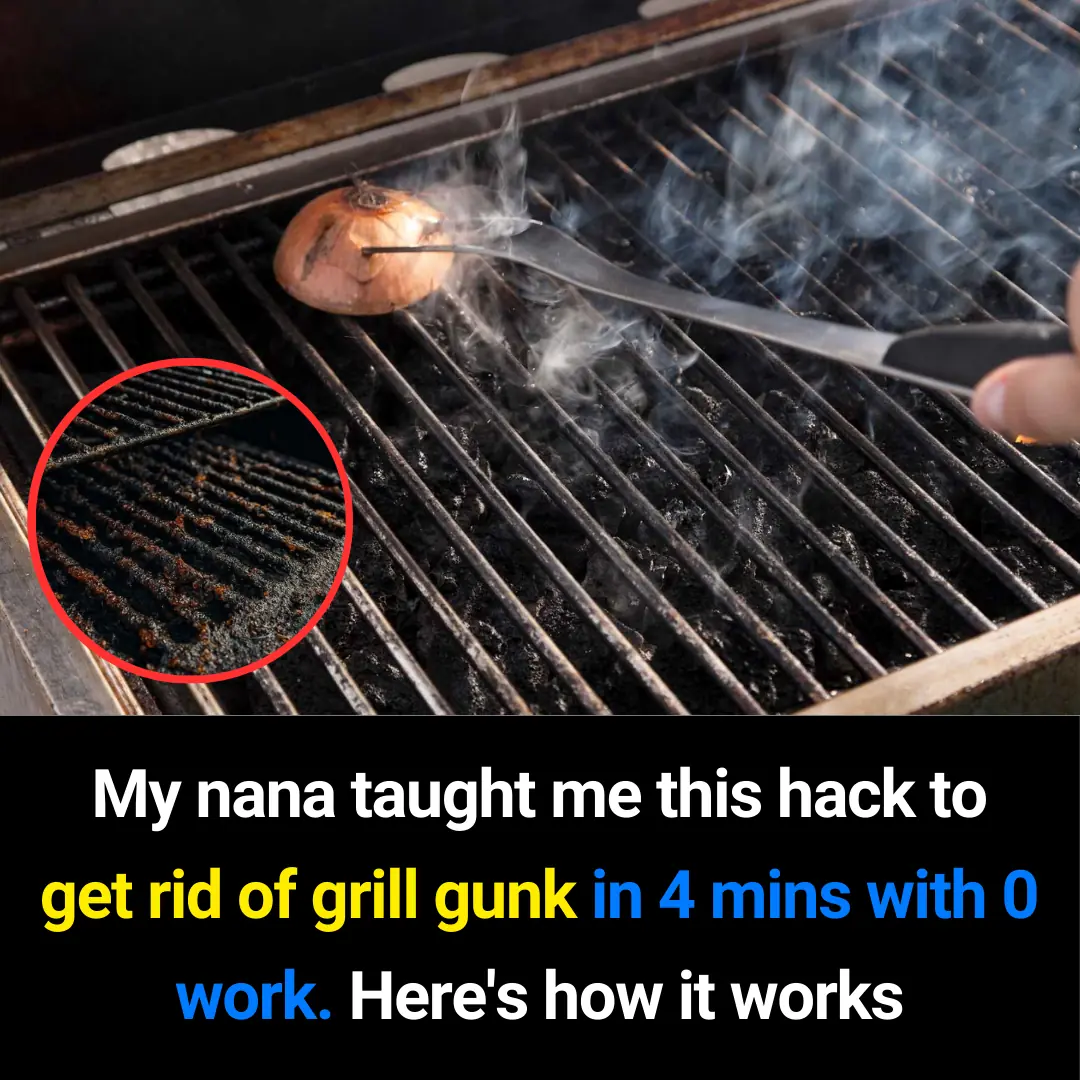
The Reason You Should Always Place a Coin in Your Freezer
Life can be unpredictable. Power outages, natural disasters, or even routine maintenance you didn’t notice can all disrupt the freezing process, leaving your food partially or fully defrosted. This can be dangerous — especially for meat, dairy, and other perishable items — because bacteria multiply quickly when food thaws.
Fortunately, there’s a simple, clever trick to check if your food has remained safely frozen: the coin in a cup method.
Why This Hack Works
Imagine you’re heading out for a weekend trip. If your freezer stays fully powered, your food will likely be fine when you return. But if the electricity went out, or your freezer malfunctioned, food might have defrosted and then refrozen — a scenario that’s tricky to detect just by looking.
That’s where the coin in a cup comes in: a visual cue that tells you at a glance whether your freezer stayed cold enough to keep your food safe.
How to Set Up the Coin in a Cup
Sheila Pulanco Russell shared this tip on Facebook as a simple precaution for people evacuating during storms or other emergencies:
-
Fill a cup with water — leave some space at the top.
-
Freeze it solid.
-
Place a coin (a quarter works well) on top of the ice.
-
Leave the cup in your freezer.
💡 How to interpret it:
-
If the coin has sunk to the bottom when you return, your freezer fully thawed and refroze — it’s safest to discard potentially unsafe food.
-
If the coin is still on top or suspended in the middle, your freezer stayed cold enough, and your food is likely still safe to eat.
Sheila recommends keeping a cup like this in your freezer all the time, so you have a backup plan in case of unexpected power loss. And when in doubt, throw it out — safety first.
Why People Love This Tip
The Facebook post went viral, gathering over 231,000 likes, 420,000 shares, and nearly 30,000 comments praising its simplicity and usefulness. Many shared personal experiences:
-
“Brilliant and simple!”
-
“Have used this for years in the porch freezer.”
It’s a low-cost, foolproof way to protect your family from spoiled food without guessing.
Bonus Tips for Freezer Safety
-
Keep the freezer full: Frozen food acts as insulation, helping maintain a low temperature if the power goes out.
-
Monitor the temperature: Freezers should ideally stay at or below 0°F (-18°C).
-
Label and rotate: Use clear dates and practice first-in, first-out to avoid waste.
-
Have emergency backups: Consider a cooler with ice packs for short-term outages.
Bottom line: A simple cup of water and a coin can save you from foodborne illness and unnecessary waste. It’s a tiny precaution that gives you peace of mind — especially when life throws the unexpected at your freezer.
News in the same category


The Under-Bed Test: A Quick Trick to Ensure Your Hotel Room Is Safe and Clean
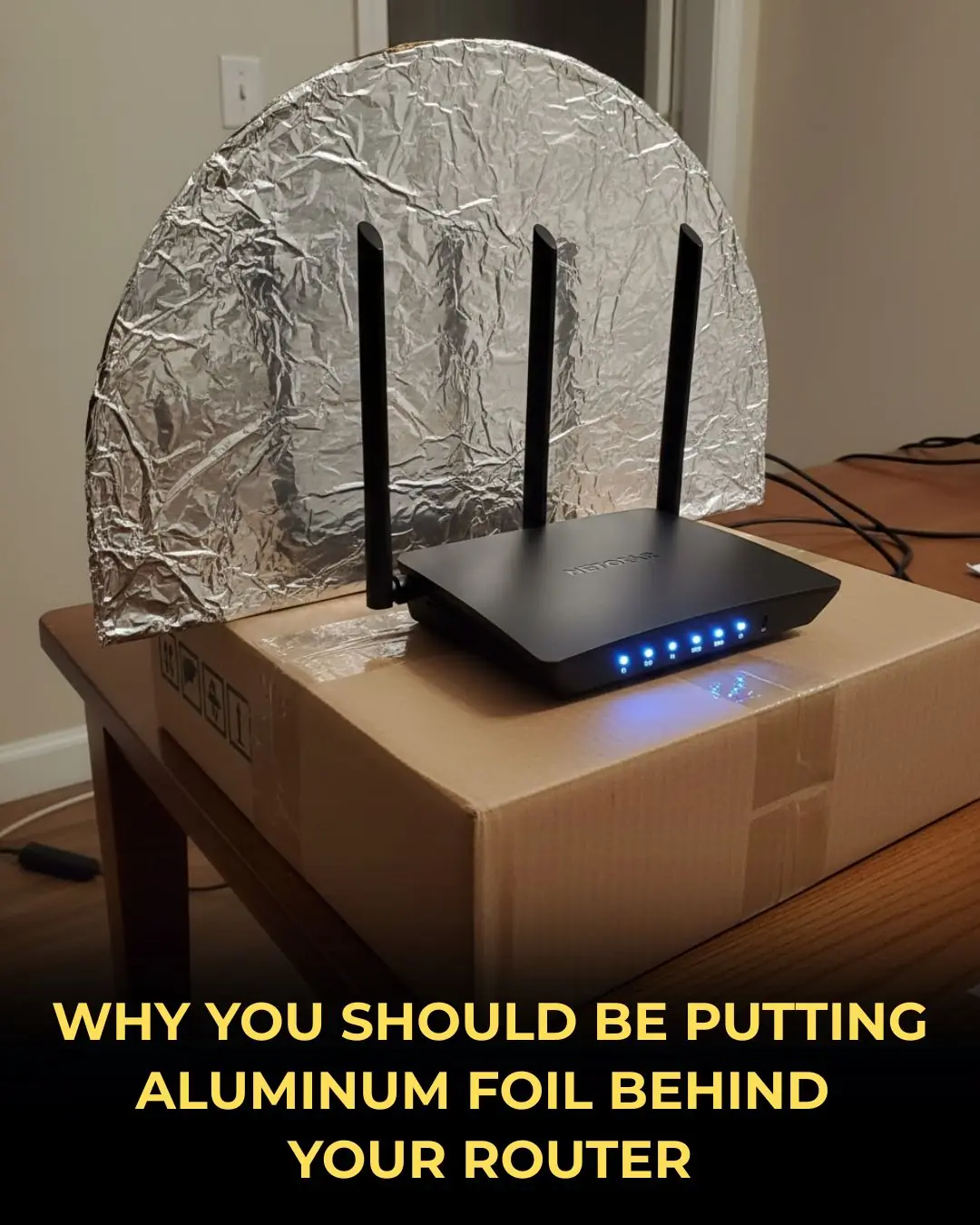
Boost Your Wi-Fi Speed with This Simple Aluminum Foil Trick

If your beef turns out tough, don’t marinate it with salt. Use this ingredient instead to make it tender and richly flavored
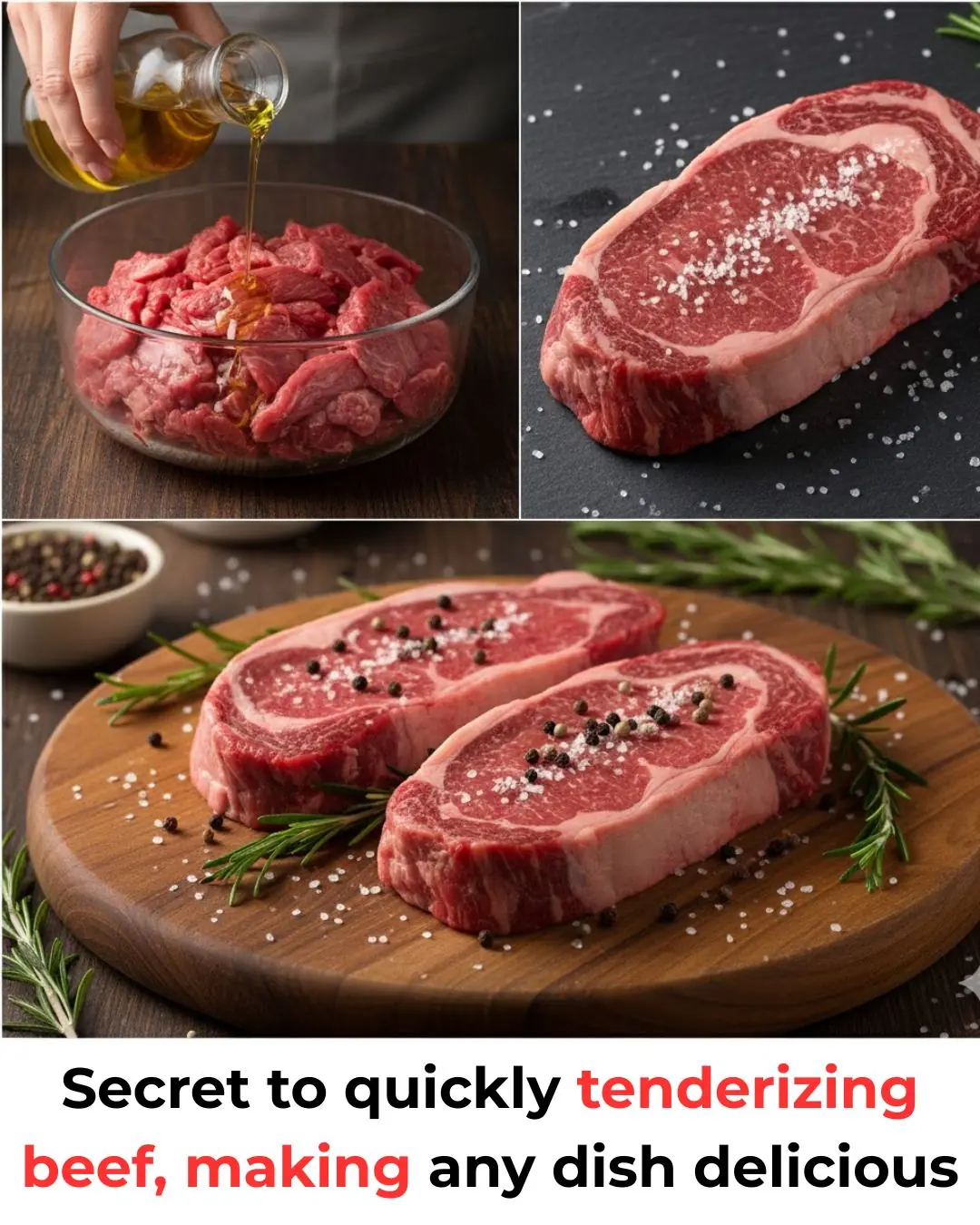
Secret to quickly tenderizing beef, making any dish delicious
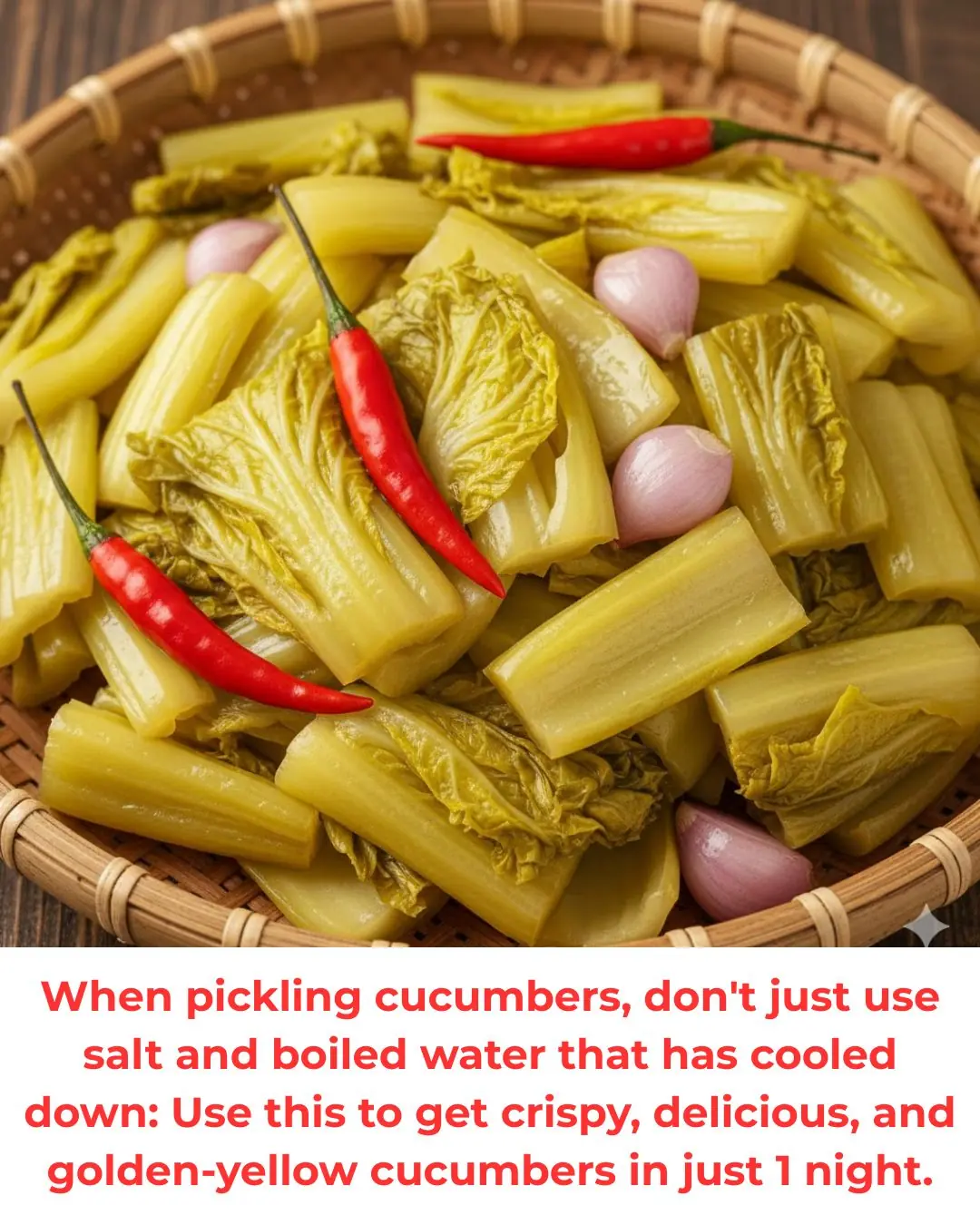
When pickling cucumbers, don't just use salt and boiled water that has cooled down: Use this to get crispy, delicious, and golden-yellow cucumbers in just 1 night.
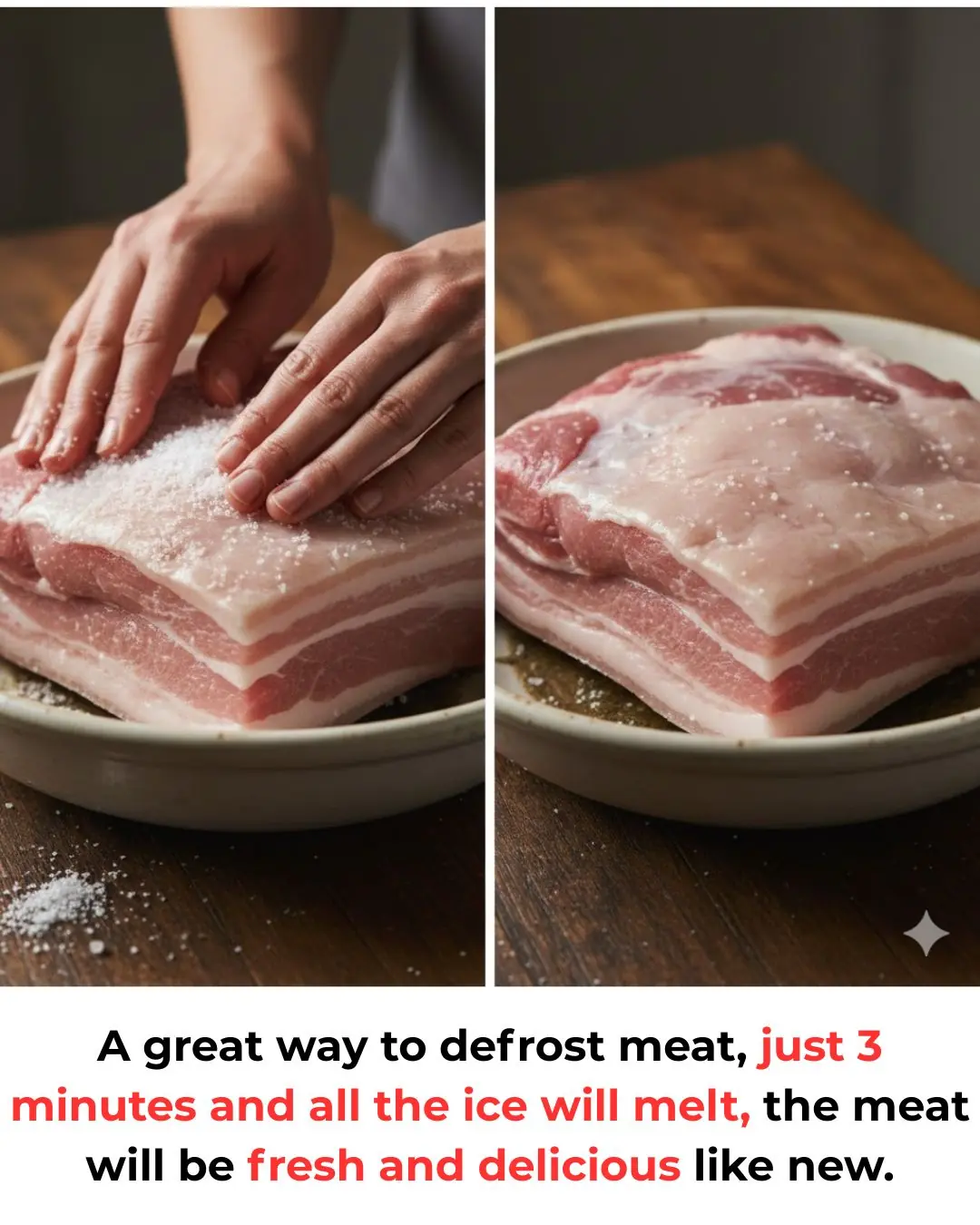
A great way to defrost meat, just 3 minutes and all the ice will melt, the meat will be fresh and delicious like new.
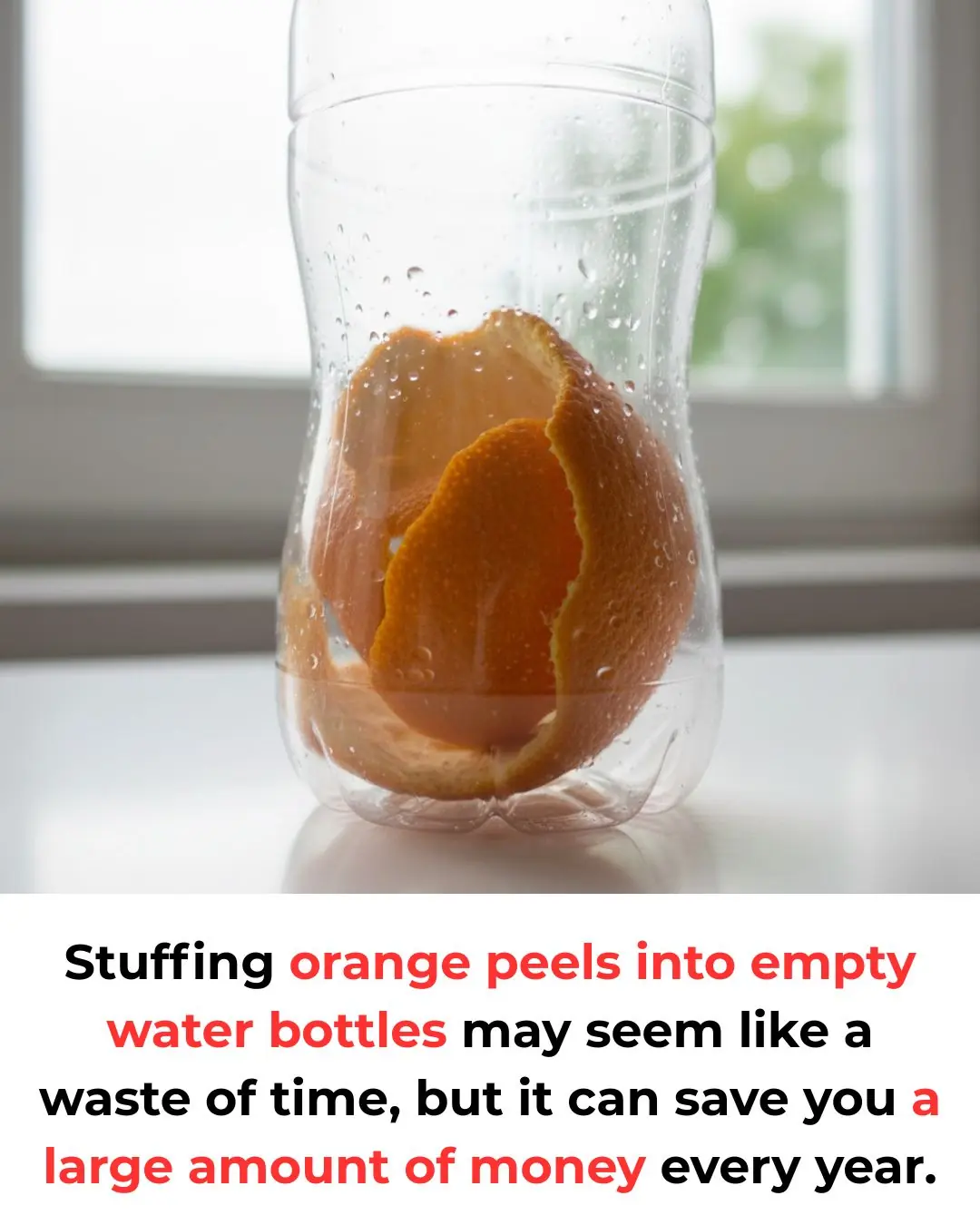
Stuffing orange peels into empty water bottles may seem like a waste of time, but it can save you a large amount of money every year.

When boiling duck, don't add ginger and cold water: Add this and the meat will lose all its stench, and you won't get tired of eating it.

How to make steamed chicken with lemongrass, golden brown chicken, soft and delicious, irresistible

Simple tips to help reduce itching extremely quickly when bitten by mosquitoes and insects

How to wash and condition hair with rice water to reduce hair loss and help new hair grow continuously
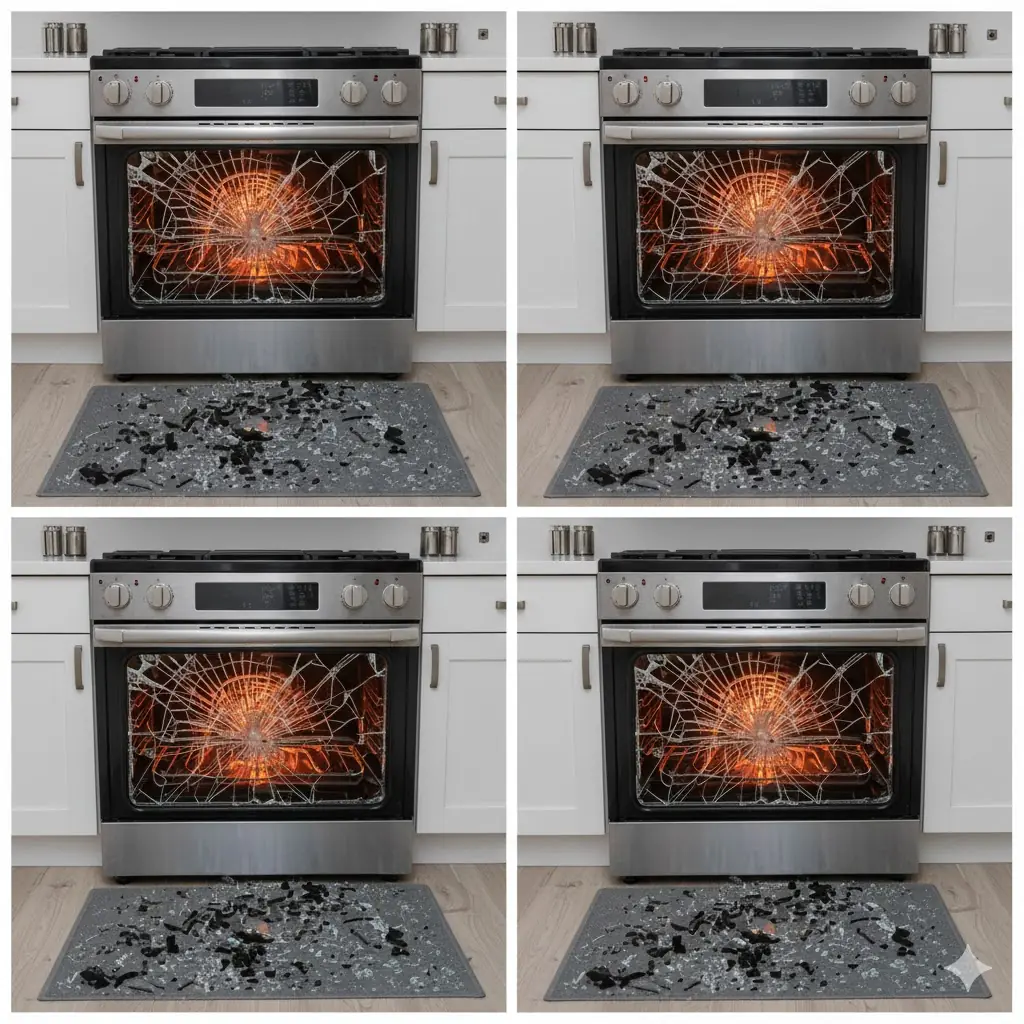
How Microscopic Glass Flaws Can Lead to Oven Door Breakage—and How to Prevent It

How to cook fish soup with vegetables, delicious and sweet in summer
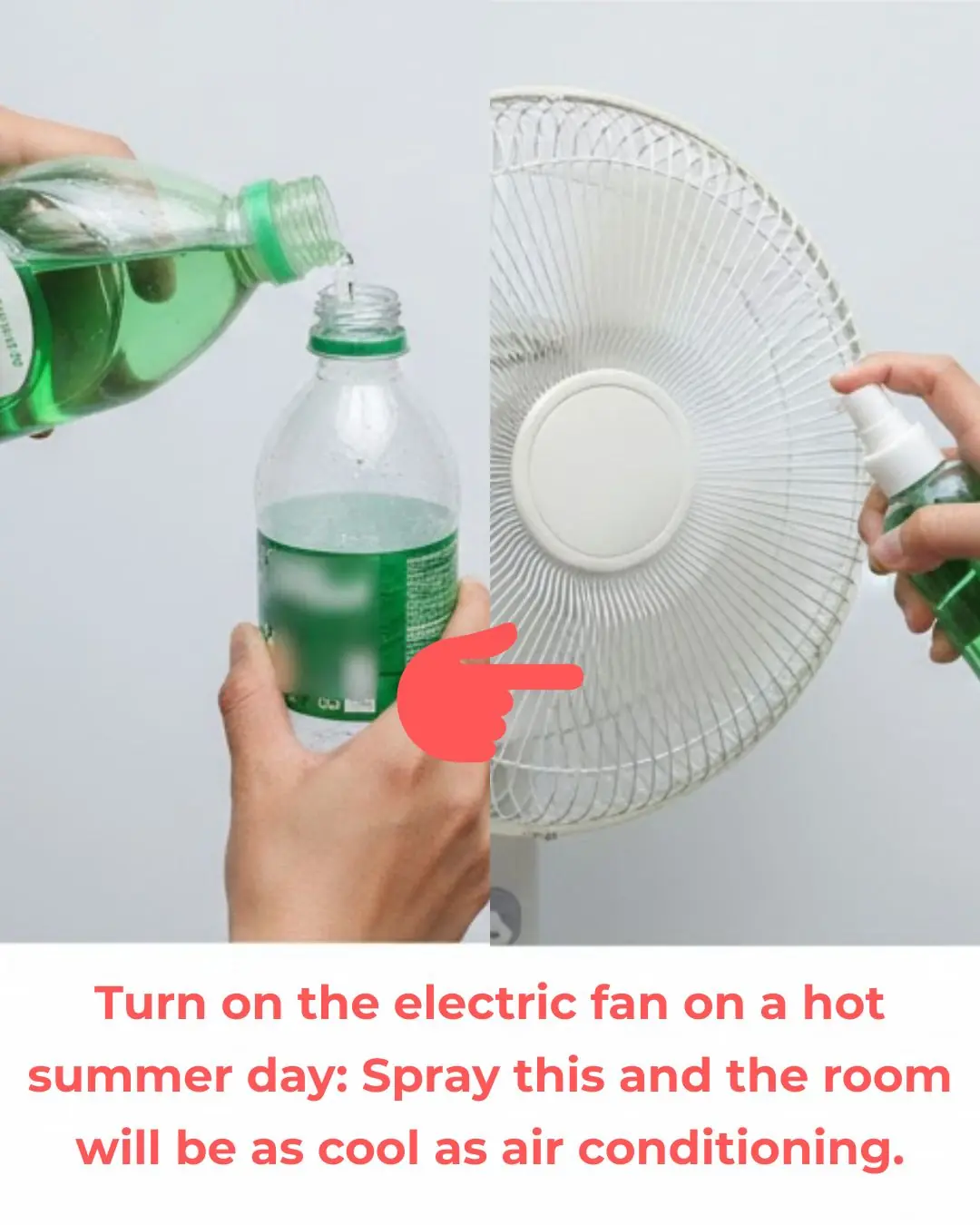
Turn on the electric fan on a hot summer day: Spray this and the room will be as cool as air conditioning.
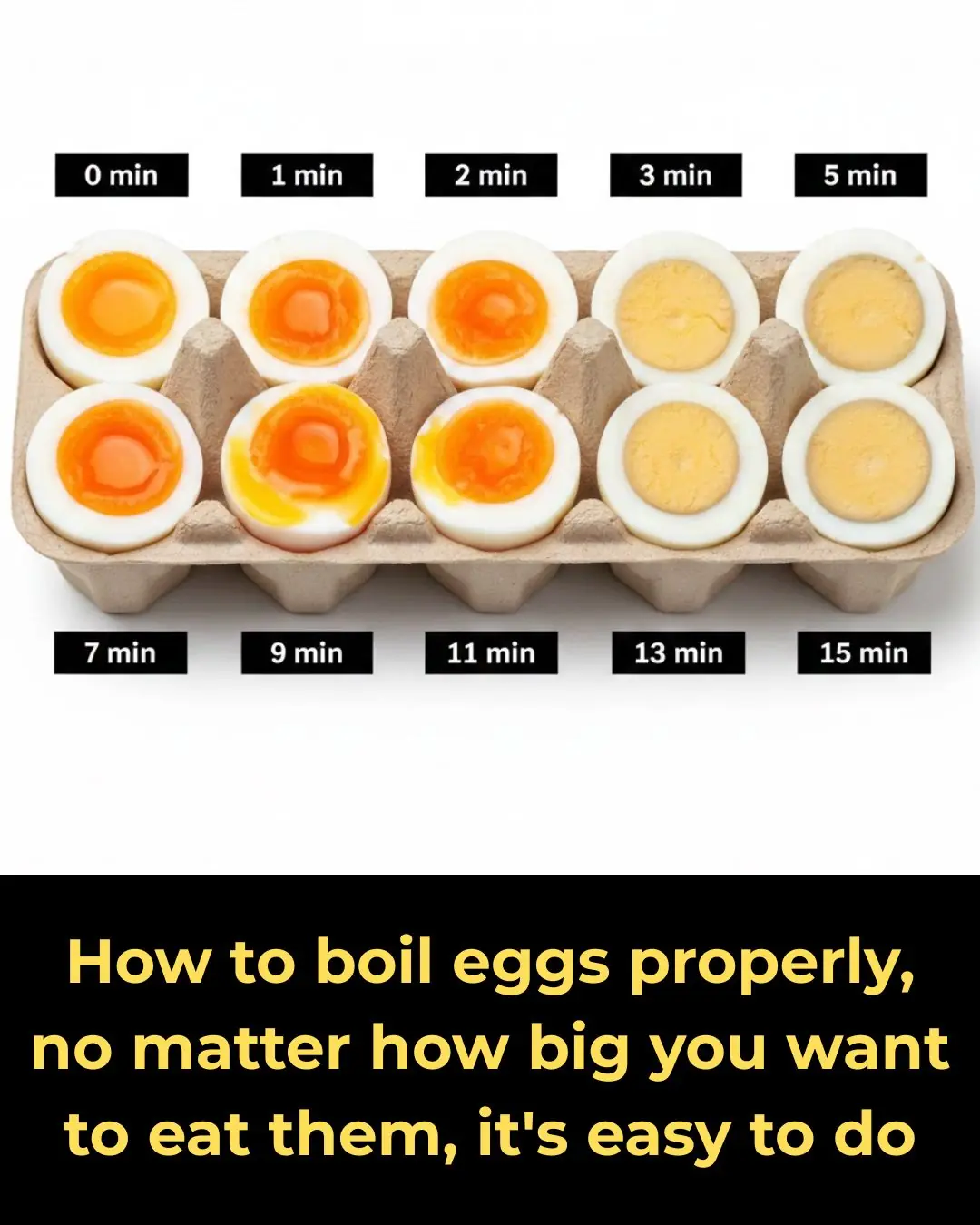
How to boil eggs properly, no matter how big you want to eat them, it's easy to do
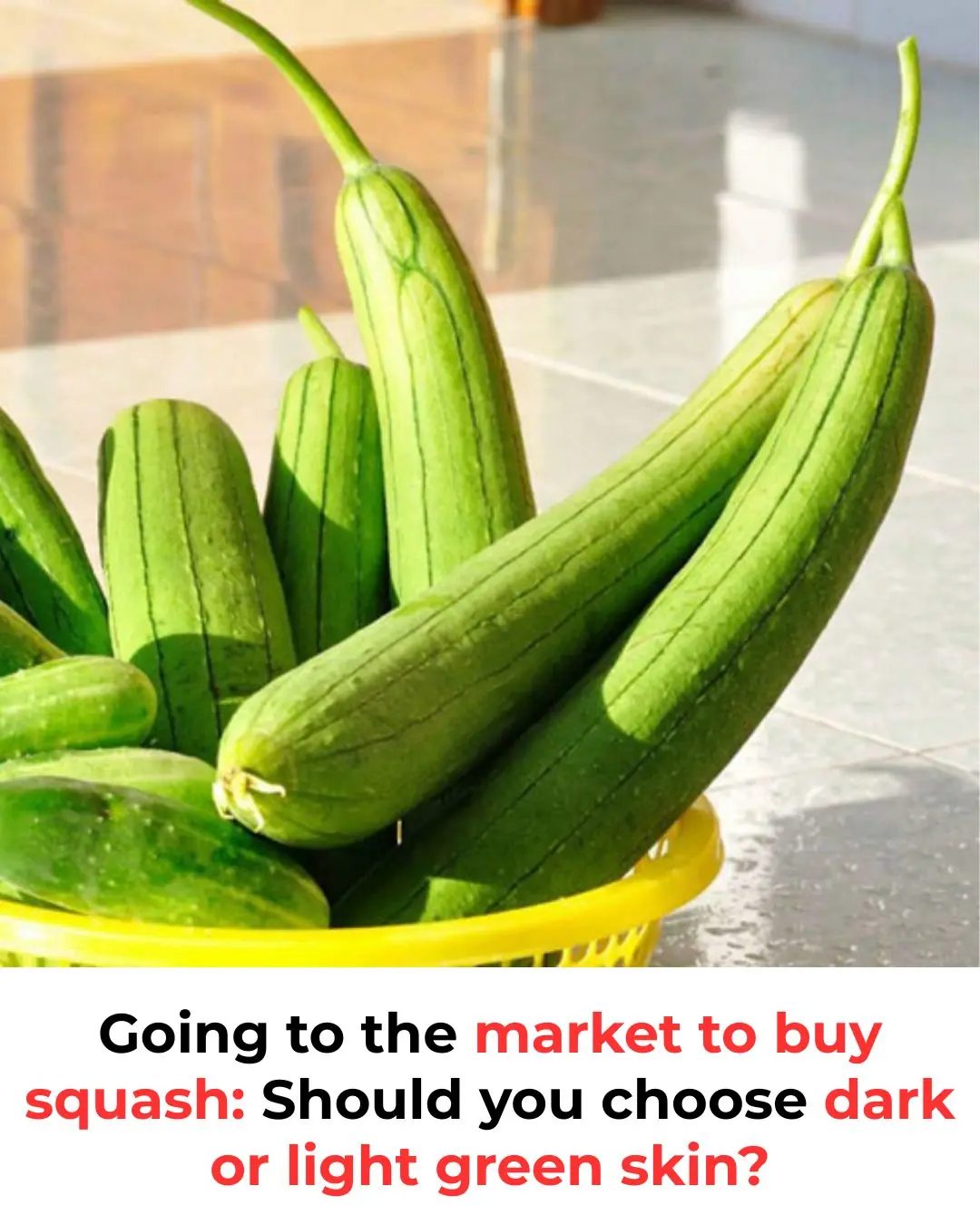
Going to the market to buy squash: Should you choose dark or light green skin?

What Happens When You Eat Chili Peppers Regularly
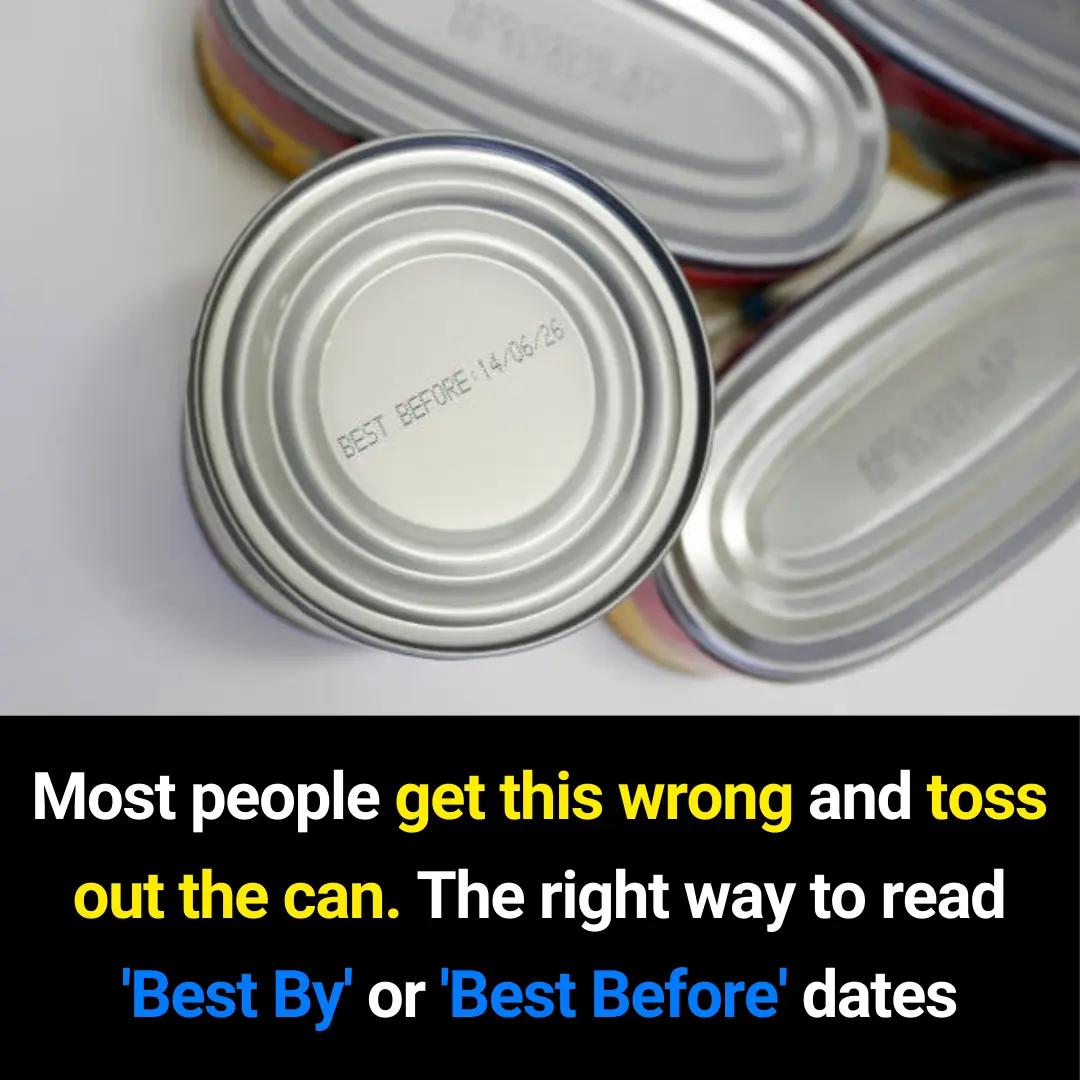
The Right Way to Read ‘Best By’ or ‘Best Before’ Dates — Most People Get This Wrong
News Post

High-Dose Nifedipine Linked to Increased Risk of Sudden Cardiac Arrest, New Study Suggests
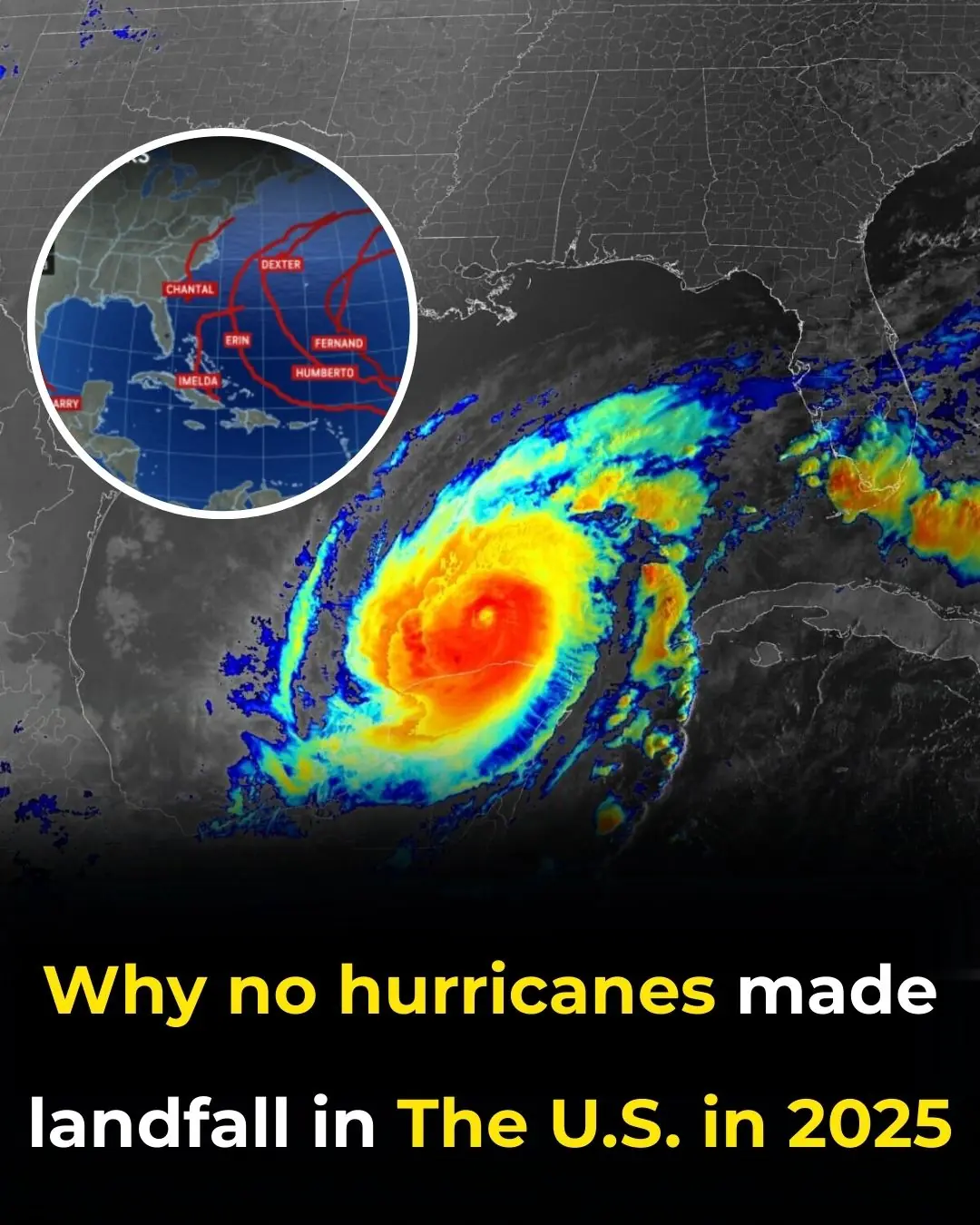
How the U.S. Escaped Hurricane Landfalls in 2025

Ancient Shark Fossils Unearthed in Mammoth Cave Rewrite 325 Million Years of Evolutionary History

Powerful Health Benefits of Pineapple You Should Know
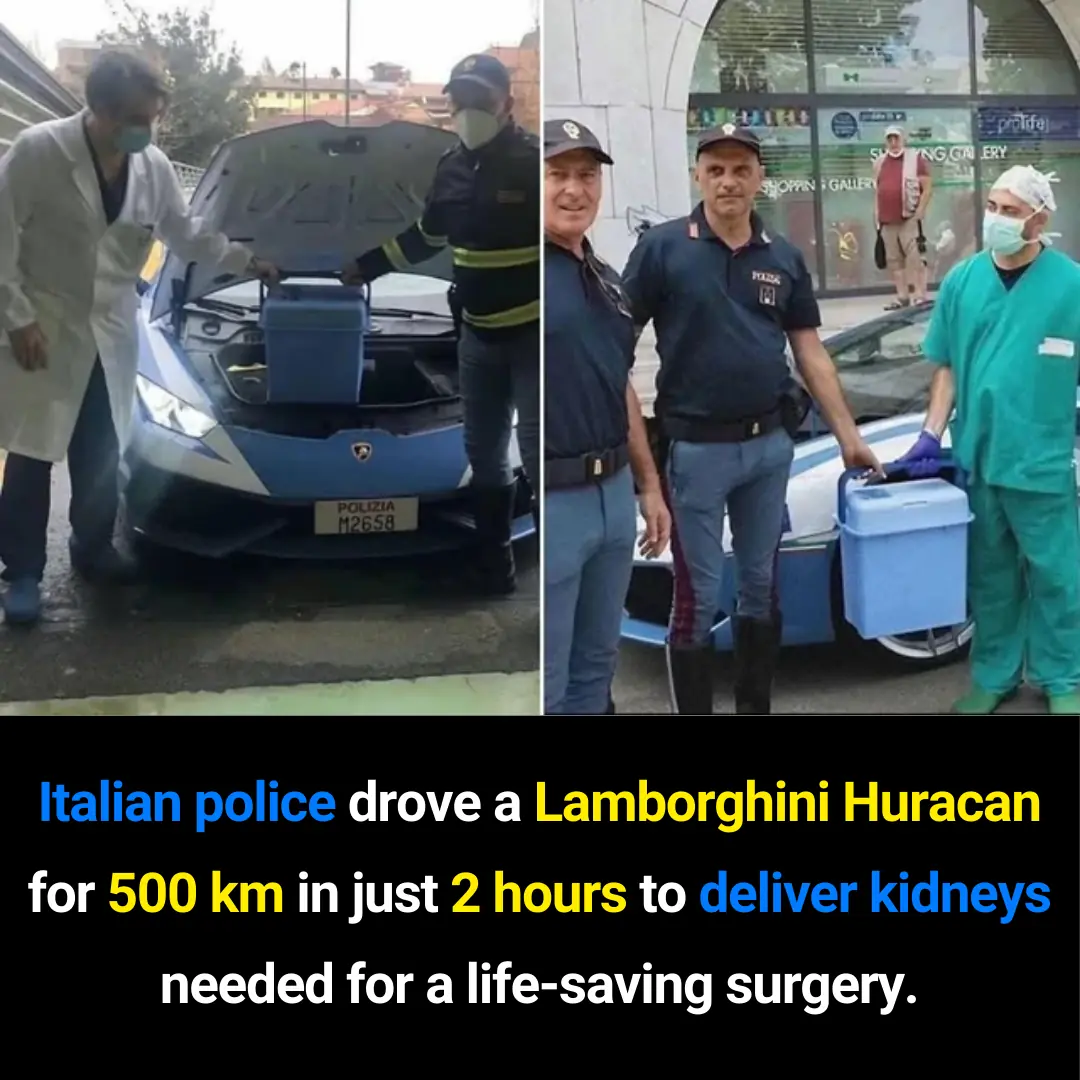
How an Italian Police Lamborghini Huracán Helped Save Lives by Delivering Kidneys Across Italy
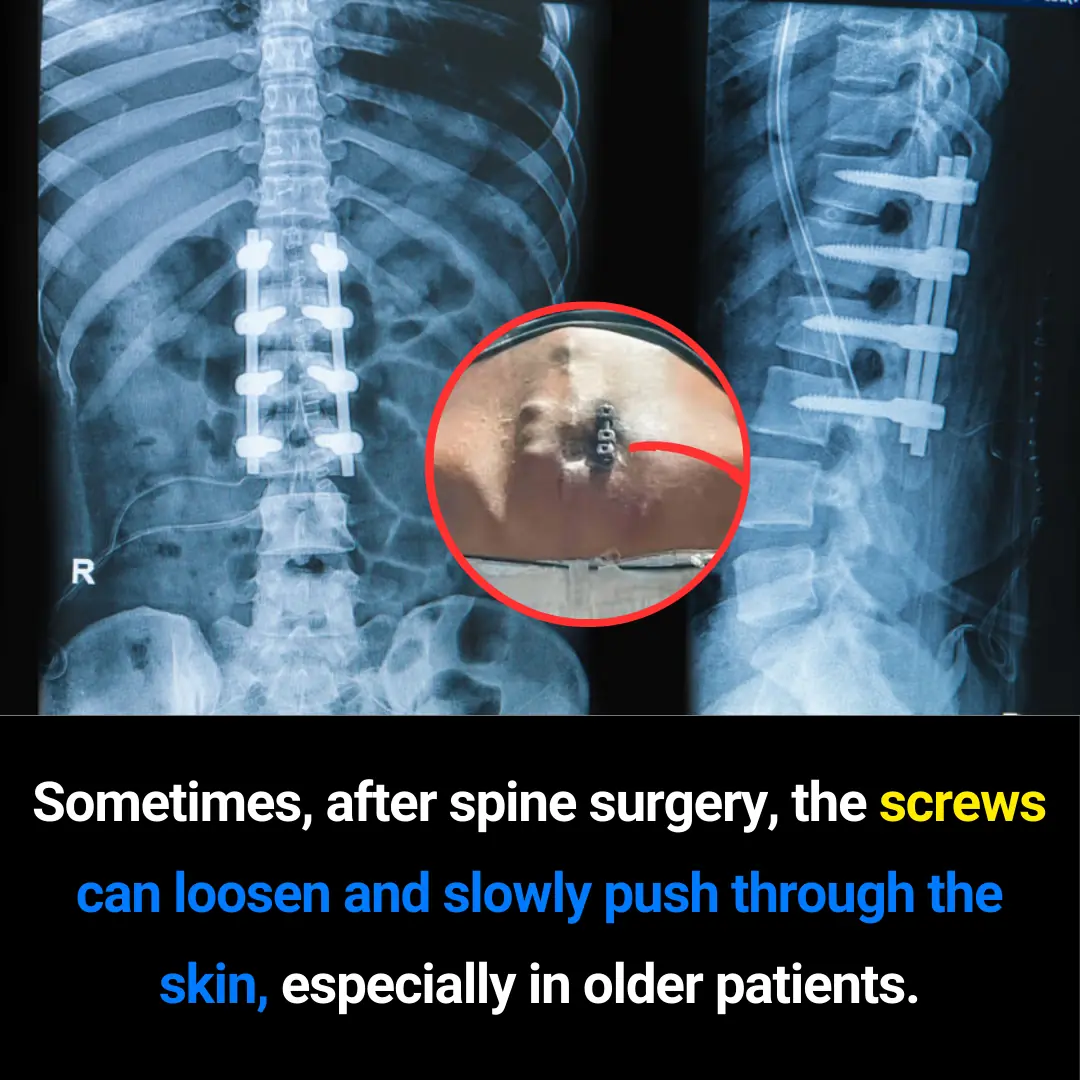
Can Spinal Screws Push Through the Skin? Understanding a Rare but Serious Post-Surgery Complication

Why the Tongue Is One of the Most Important Organs in the Human Body

What You Do First in This Scenario
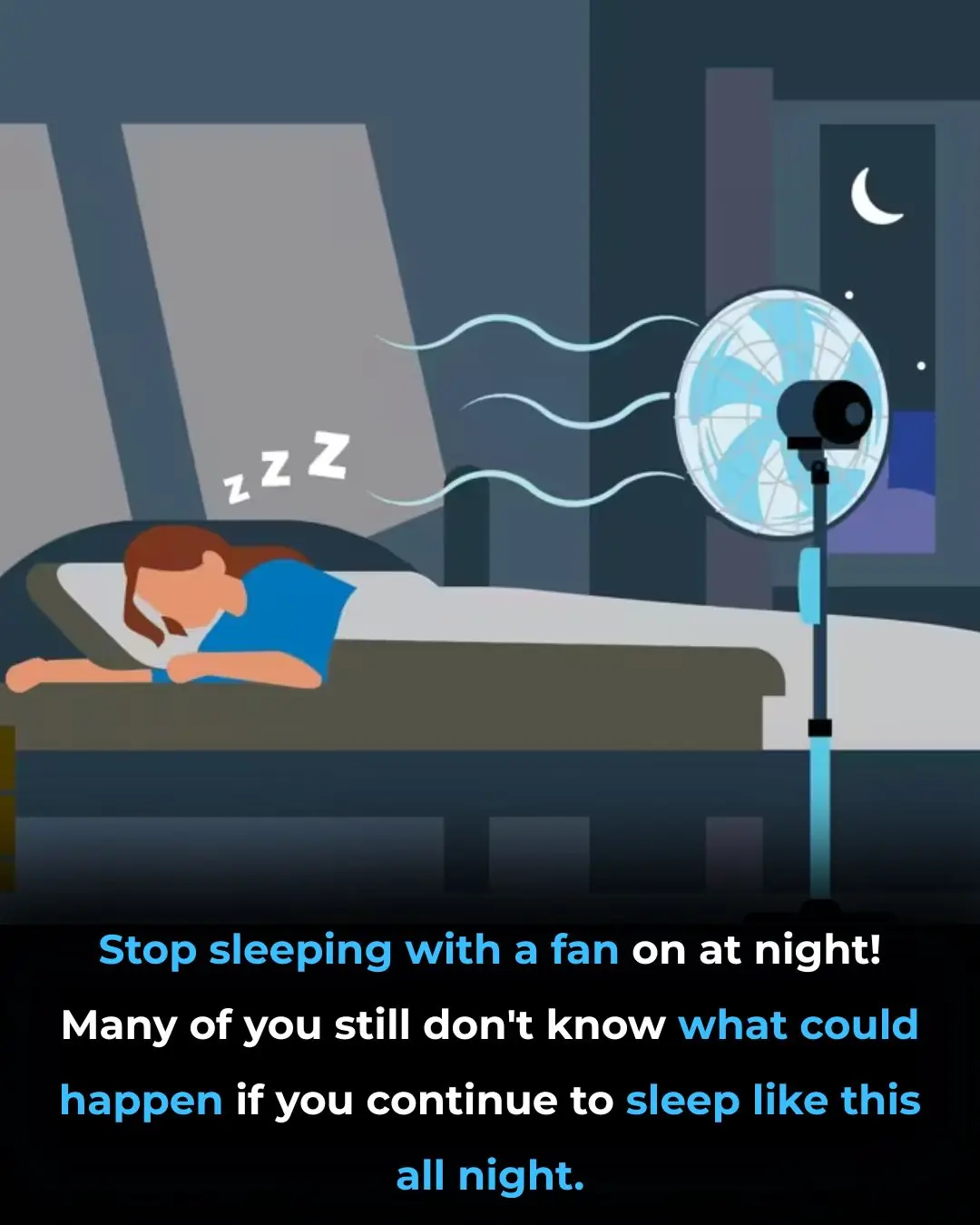
The Surprising Health Benefits of Sleeping in a Cold Room

A 4-Minute, Zero-Effort Hack to Clean Grill Gunk – The Simple Trick My Nana Taught Me

High Blood Sugar Warning Signs

🥚 A Look at How Certain Boiled Egg Habits May Affect Your Heart Health

Small Steps, Big Impact: How 4,000 Steps a Day Can Transform Your Health

🌿 Clove Water Sitz Baths for Women: A Gentle Guide to Hygiene and Comfort
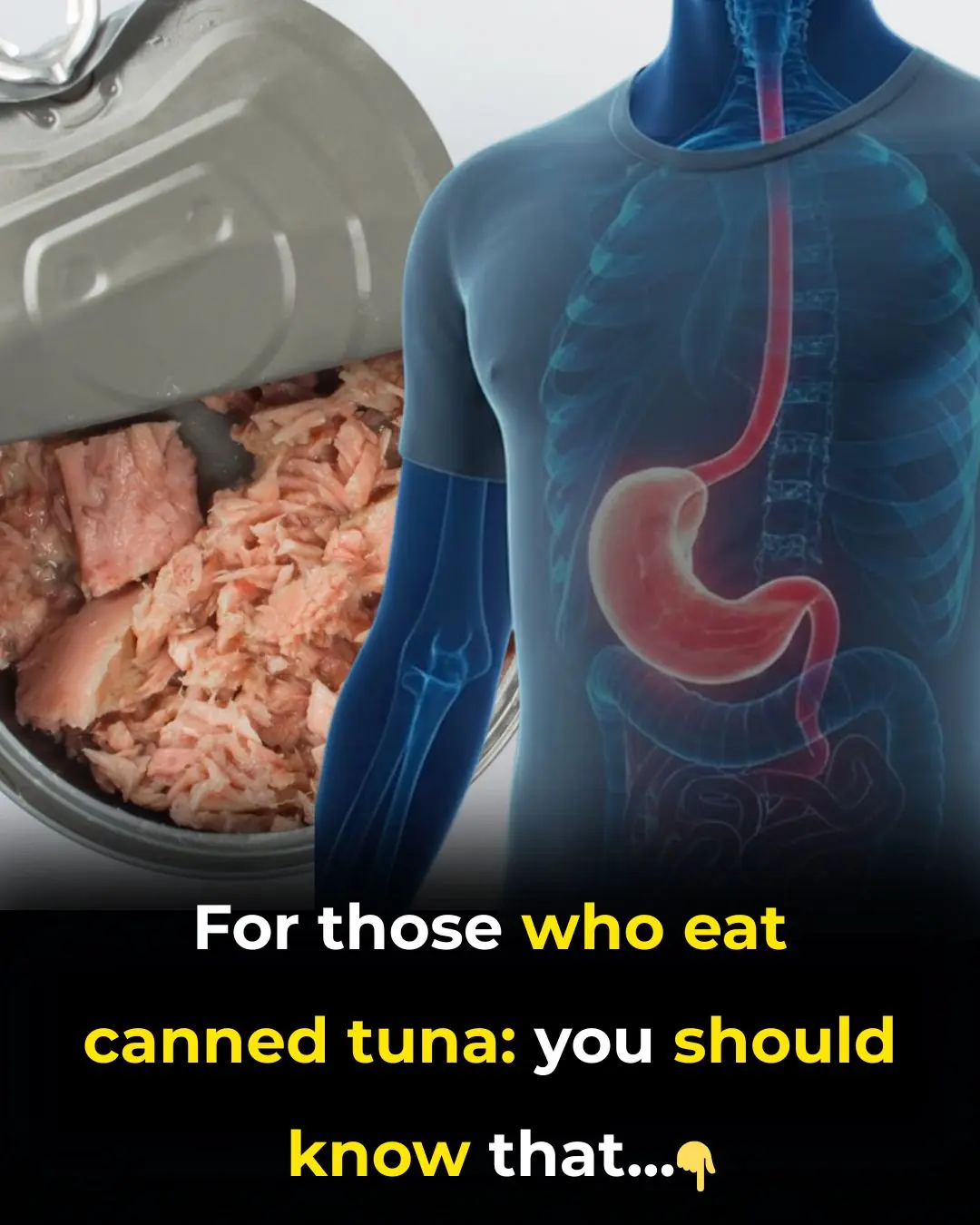
What Happens to Your Body When You Eat Canned Tuna Every Day

17 Warning Signs Your Liver Is Crying for Help

How to Support Your Kidneys Naturally Using 1 Teaspoon of Baking Soda

Fish oil cuts CV risk nearly in half for dialysis patients

The hidden heart danger doctors say is more common in people with diabetes
